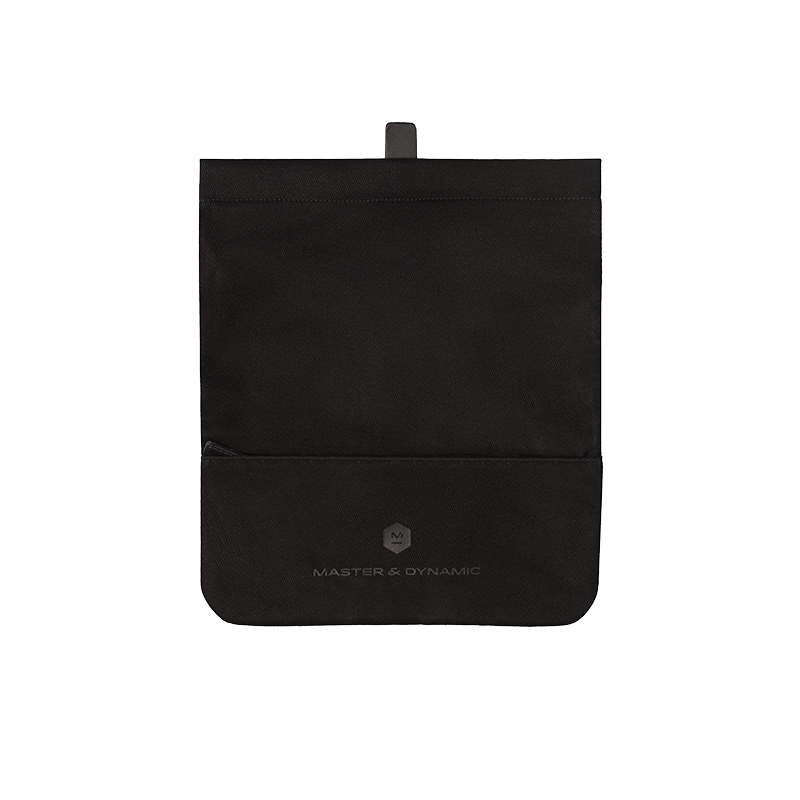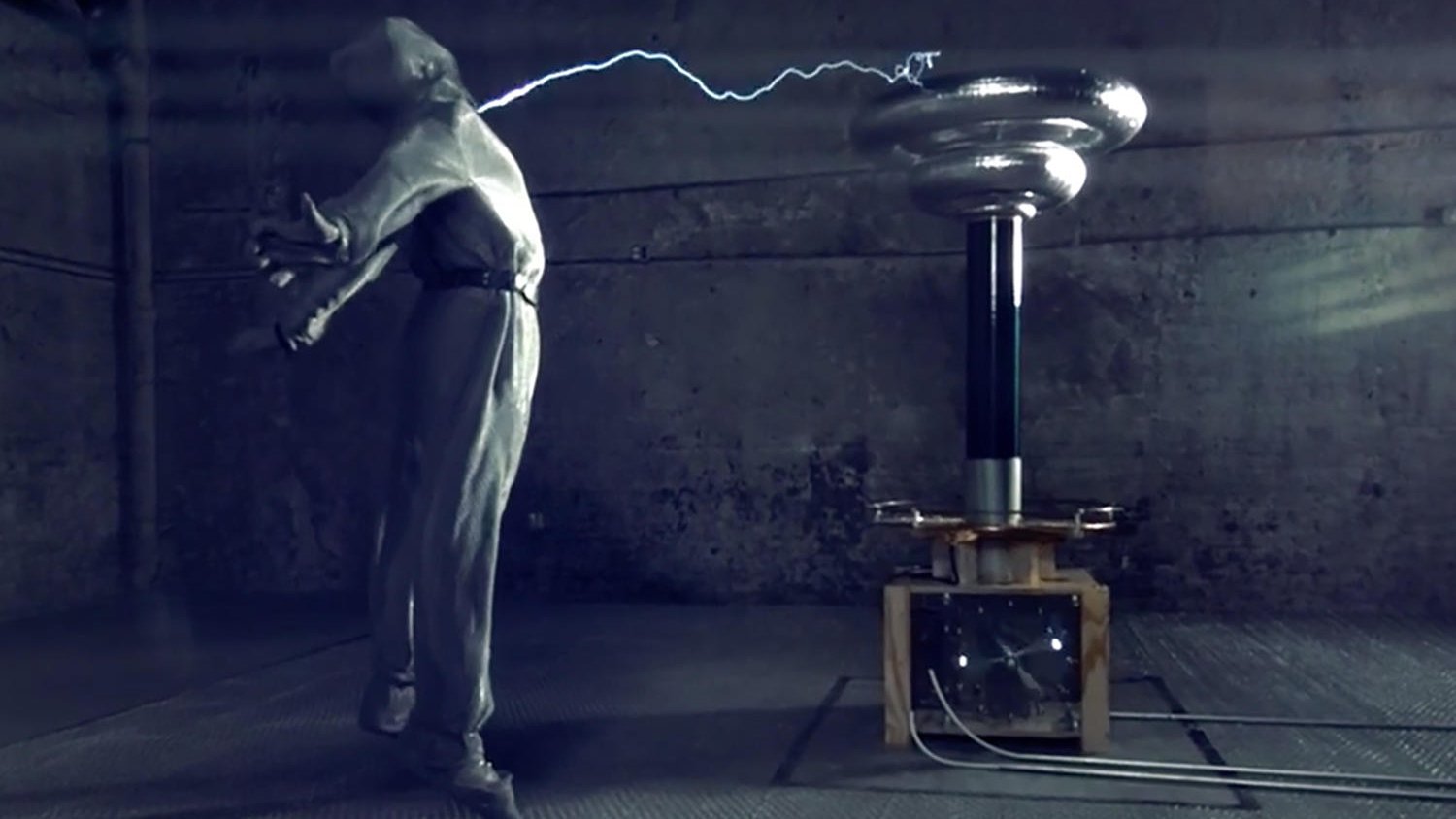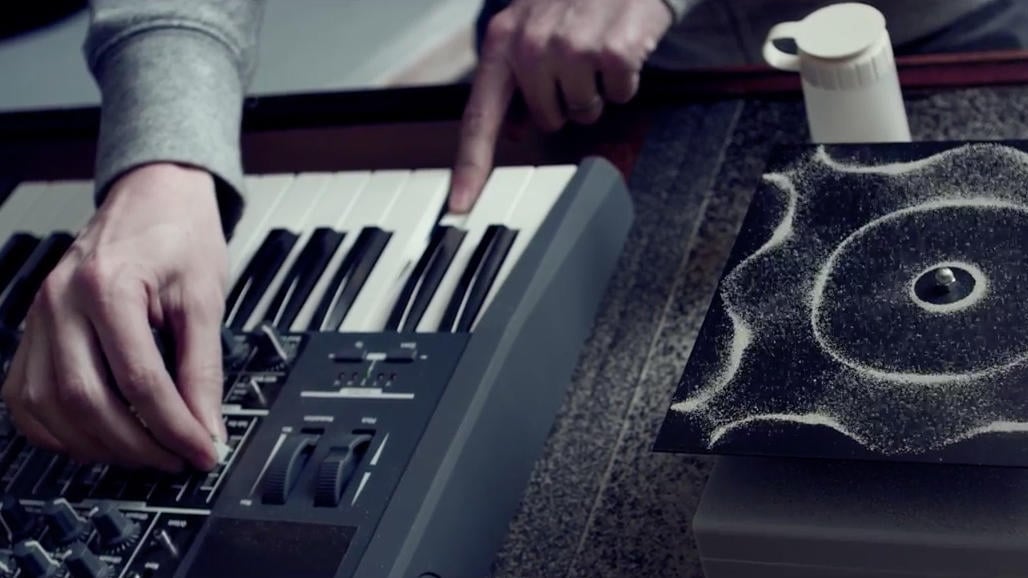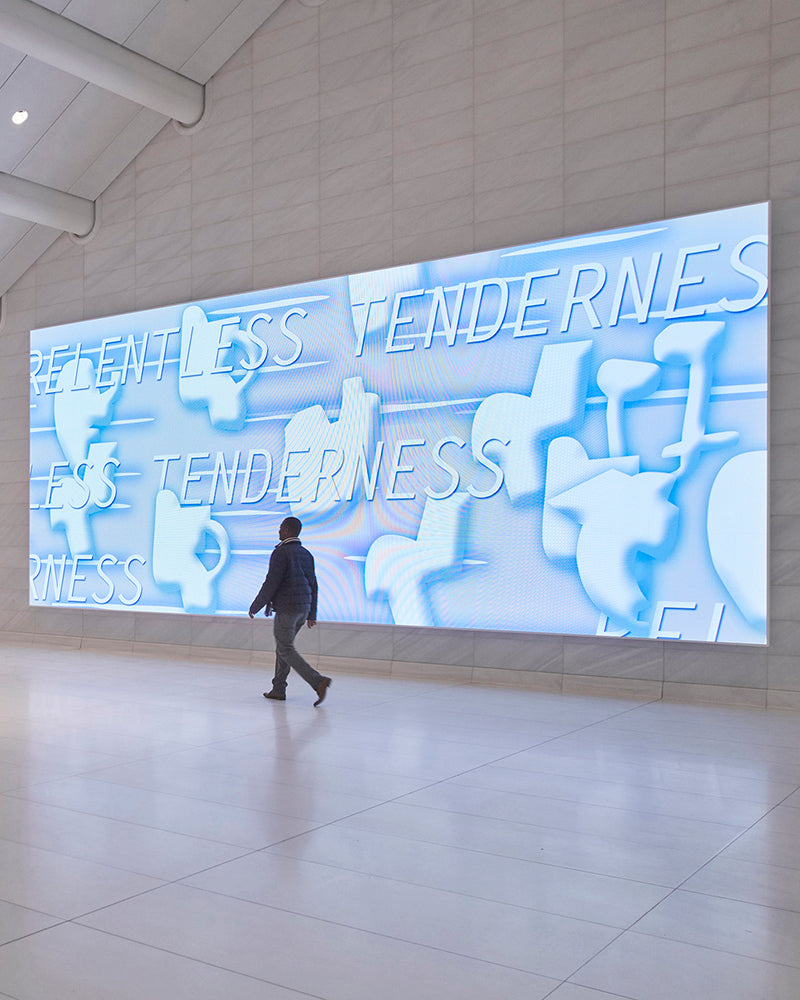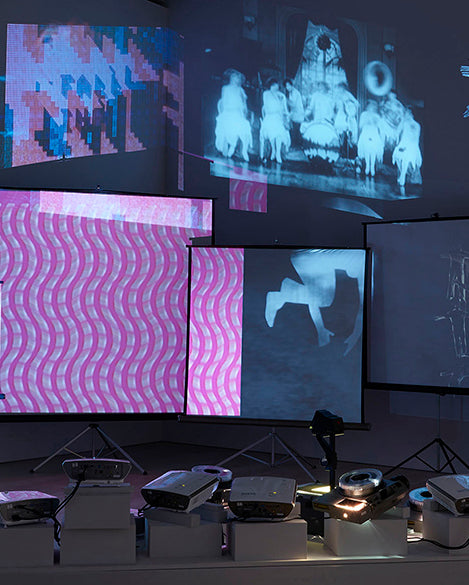Conceived by New Zealand-based musician Nigel Stanford, Cymatics is a music video that explores the visualization of sound, depicting granules of sand, streams of water and arcs of electricity coming to life as they are affected by sonic forces. Giving form to the intangible and invisible, the content of the video appears to defy physical laws — while actually reinforcing them.
Of the inspiration behind his video, Stanford states "In 1999 I watched a documentary on Synesthesia—a disorder that effects the audio and visual functions of the brain. People with the disorder hear a sound when they see bright colors, or see a color when they hear various sounds (…) This got me thinking that it would be cool to make a music video where every time a sound plays, you see a corresponding visual element."
Named for the science of visualizing audio frequencies, Cymatics is the first single from Stanford's new album Solar Echoes. The accompanying video, shot by New York film director Shahir Daud, gives each audio track from Stanford's single an accompanying visualization — from magnetic ferro fluid to plasma filaments — revealing the intricate and incredibly beautiful effects of sound on these varied forms of matter.









